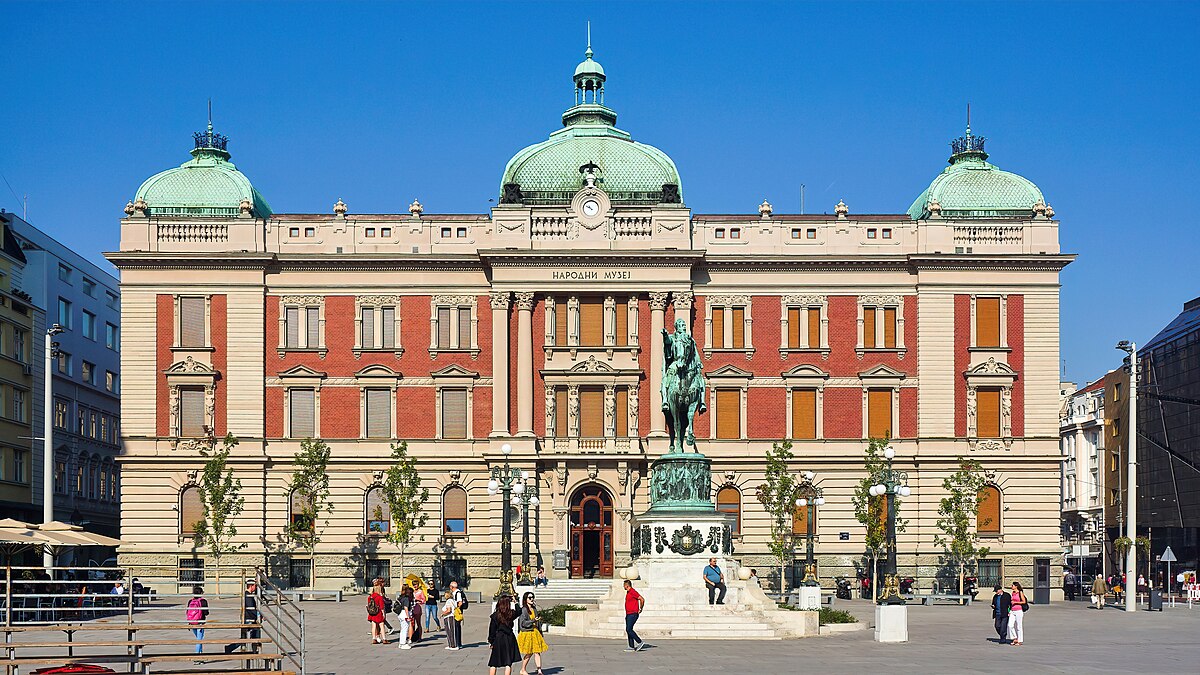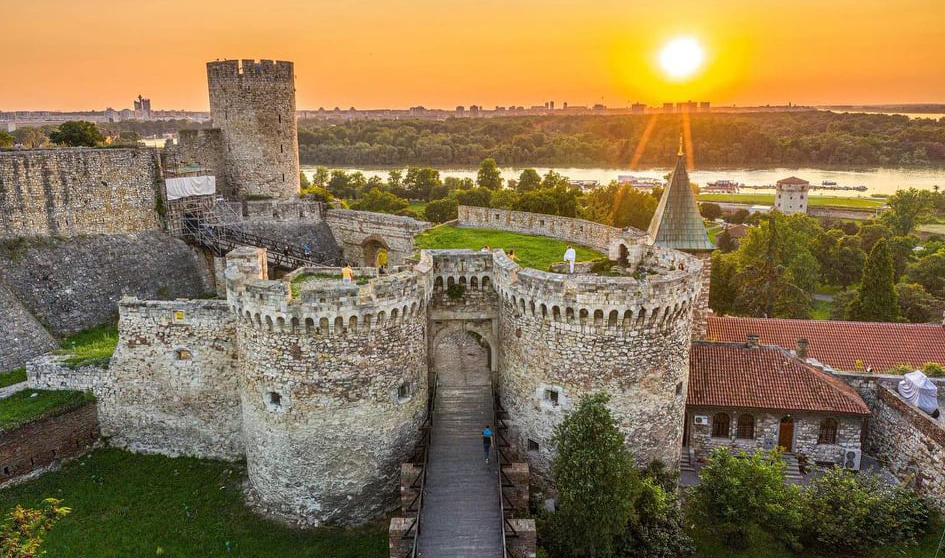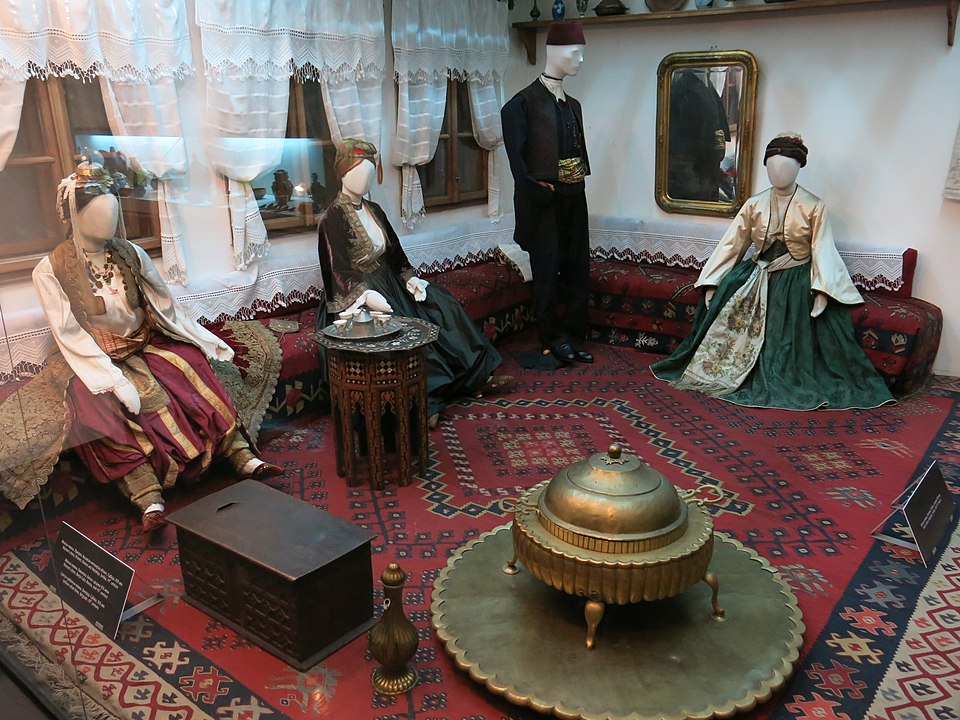
Ethno Serbia was founded in 2023, with our very first edition held in Belgrade in 2024. From the very beginning, we felt the power of the Ethno spirit, characterized by sharing, listening, learning from one another, and building friendships across borders.
We’re truly happy and proud to be part of the global Ethno family, and we look forward to welcoming you to Belgrade again, where we can sing, play, and grow together. 💛🎶
UK Parobrod (our main venue)
The Cultural Institution “Parobrod” is an establishment of the City Municipality of “Stari Grad,” founded in March 2010, located at Kapetan Mišina 6a, in Belgrade. It evolved from the forty-year tradition of “Školigrica” and the research animation-artistic practice of “Škozorište” by Ljubica Beljanski-Ristić, which initiated its first workshop projects in 1977. Parobrod offers visitors a dose of art daily through innovative and creative visual programs, theater, literature, music, panel discussions, pop culture, and educational workshops, aiming to preserve the cultural heritage of the oldest municipality in the capital of Serbia.
address: Kapetan Mišina 6a

The National Museum
The National Museum was founded by a decree of the Minister of Education Jovan Sterija Popovic on May 10, 1844 as Serbian Museum (Muzeum serbski) whose purpose was to collect antiquities in one place and to safeguard them for posterity. In the first decades of its work it was organized as an institution of protection but also as a scientific and research institution that constituted the national identity and was a crucial participant in the development of heritage protection. The National Museum soon grew into an official representative of the state and the society, testifying to a possible strength of culture and museums in Serbia.
CLOSED ON MONDAYS
address: Trg Republike 1a

Kalemegdan
Kalemegdan is the largest park and the most important historical monument in Belgrade. It is located on a 125-metre-high (410 ft) cliff, at the junction of the River Sava and the Danube.
Kalemegdan Park, split in two as the Great and Little Parks, was developed in the area that once was the town field within the Belgrade Fortress. Today residents often erroneously refer to the entire fortress as the Kalemegdan Fortress or just Kalemegdan, even though the park occupies the smaller part, especially of the historical fortress, and it is some two millennia younger. The fortress, including the Kalemegdan, represents a cultural monument of exceptional importance (from 1979), the area where various sport, cultural and arts events take place, for all generations of Belgraders and numerous visitors of the city.

Ethnographic museum
Ethnographic museum in Belgrade is one of the oldest museums on the Balkans. Recently it has celebrated its hundredth anniversary and it rightfully deserves to be called a guardian of national culture.
Ethnographic Museum was established in February 1901, but its roots reach deeper into the past. Gathering of ethnographic items started as early as in the middle of 19th century, and in 1844 some ethnographic items could be found in the National Museum of Serbia (Serbskonarodni muzej).
CLOSED ON WEDNESDAYS
address: Studentski trg 13
Terazije 26/2, 11000 Belgrade, Serbia
Terazije 26/2

